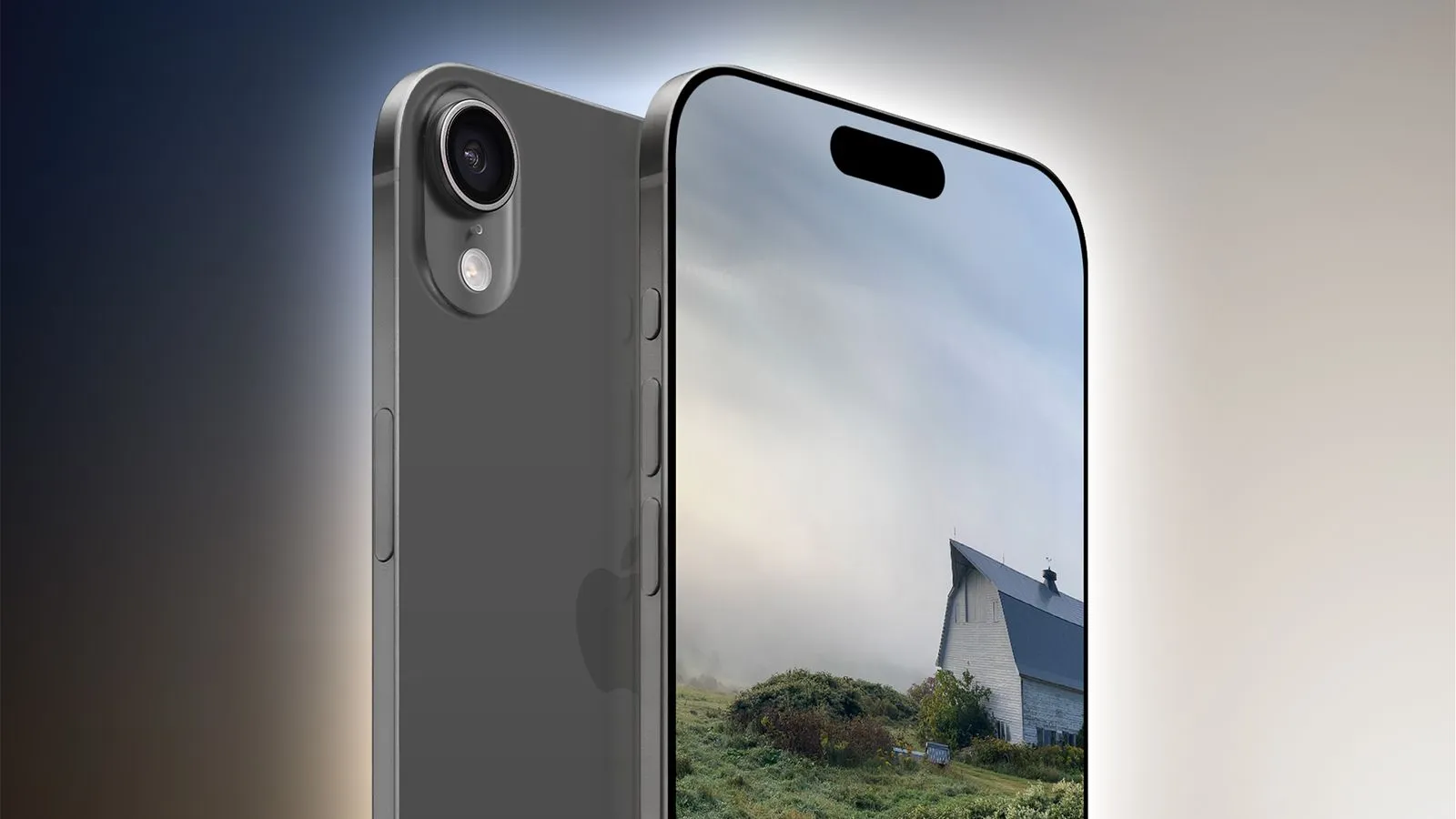As anticipation builds around Apple’s upcoming releases, the iPhone 17 Air is carving out a niche as potentially the thinnest smartphone ever created by the tech giant. This new revelation comes on the heels of a series of leaks and insider reports shedding light on what could be a groundbreaking development in Apple’s smartphone lineup. Here’s a deeper dive into the innovations and changes expected with the iPhone 17 Air.

Redefining Slim: The iPhone 17 Air’s Thinnest Design Yet
According to industry expert Mark Gurman of Bloomberg, Apple is set to revolutionize its smartphone design with the introduction of the iPhone 17 Air. This model is rumored to be approximately 2 millimeters thinner than its predecessor, the iPhone 16 Pro, setting a new standard for slim smartphones. The key to this svelte design lies in Apple’s shift to an in-house modem system, a strategic move aimed at integrating more tightly with other internal components, thereby reducing the overall space and power consumption required.
The upcoming iPhone SE is expected to debut this new in-house modem technology. However, its most significant impact will be seen in the iPhone 17 Air, where design considerations have played a pivotal role. Early prototypes faced challenges with size and overheating issues, but after refining their development approach and restructuring their engineering teams, Apple now appears confident in the modem’s performance and suitability for their sleeker devices.
Innovation Beneath the Surface: The In-House Modem
The transition to an in-house modem, codenamed Sinope, is not just about slimming down the device. It’s expected to enhance integration with Apple’s other in-house components, optimizing space and reducing battery consumption without sacrificing performance. Although initial lab tests suggest that the new modem may not match the peak download speeds of top Qualcomm models, real-world applications are likely to make these differences negligible to the average user.

This innovative modem is projected to roll out in other Apple products, including some lower-end iPads by 2025, indicating a broader strategy to incorporate this technology across Apple’s device ecosystem.
A Focus on Design Over Power?
The iPhone 17 Air seems to prioritize design aesthetics, featuring a thinner frame that houses a 6.6-inch display and a single rear camera, suggesting a shift towards a more design-centric approach. This move could appeal to a niche market segment that values sleekness and style over cutting-edge performance metrics. Despite potential concerns that the iPhone 17 Air might favor form over function, the integration of new technology and careful design planning suggests a balanced approach, marrying aesthetics with sufficient functionality.
The Future of Apple’s Design Philosophy
The exploration of thinner designs and potentially foldable devices points to Apple’s ongoing commitment to innovation in form factor and functionality. The iPhone 17 Air, with its groundbreaking thinness, could set the stage for future developments in Apple’s product strategy, possibly influencing other tech segments like tablets and even hinting at foldable technology.

As the tech community and consumers alike await further details from Apple, the excitement surrounding the iPhone 17 Air underscores the brand’s enduring influence on the design and functionality of personal technology. With its blend of aesthetic appeal and innovative technology, the iPhone 17 Air is poised to become a landmark in Apple’s illustrious line of smartphones, pushing the boundaries of what is possible in mobile device design.










